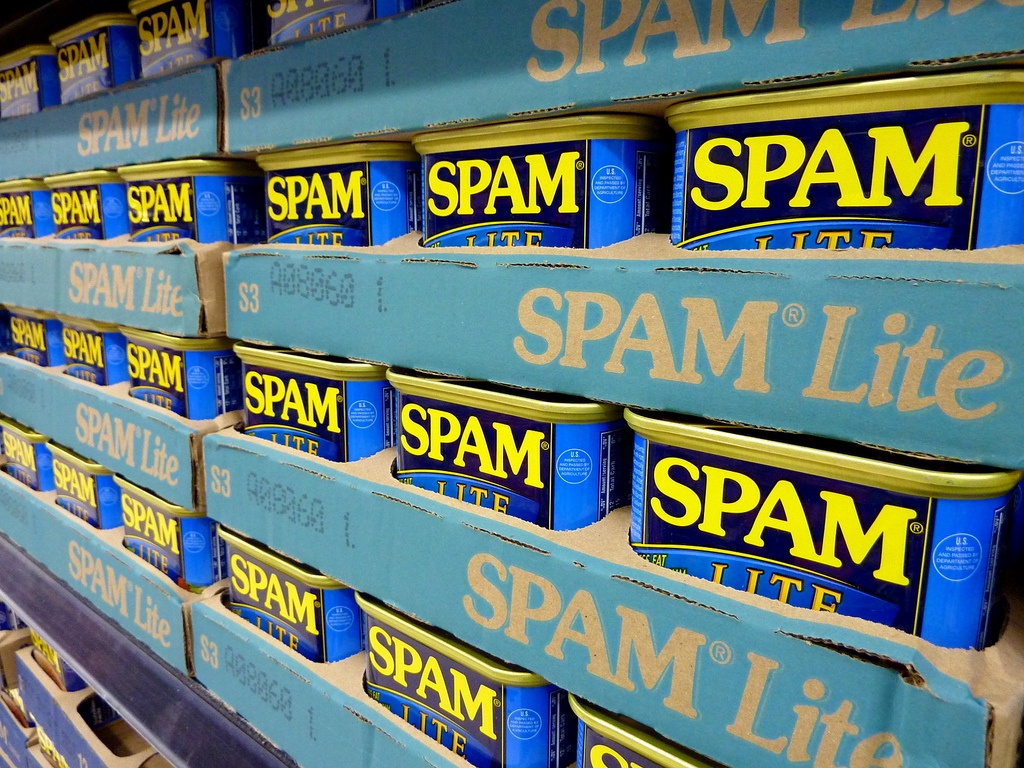Follow The Rabbit
caching policy
Latest Articles
- Dridi Boukelmoune
- October 28, 2015
When I give a Varnish training, one thing I use when we reach the topic of cache invalidation, is the following quote:...
SUBSCRIBE TO OUR BLOG
SEARCH OUR BLOG
Explore articles from Varnish experts on web performance, advanced caching techniques, CDN optimization and more, plus all the latest tips and insights for enhancing your content delivery operations.
/VS-logo-2020-197x60.png?width=136&height=60&name=VS-logo-2020-197x60.png)
